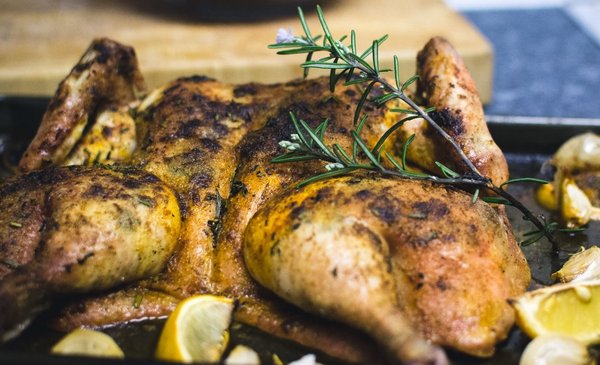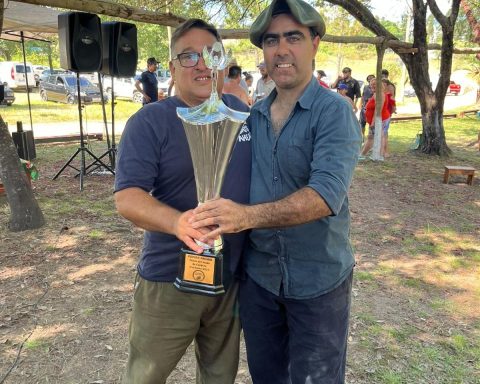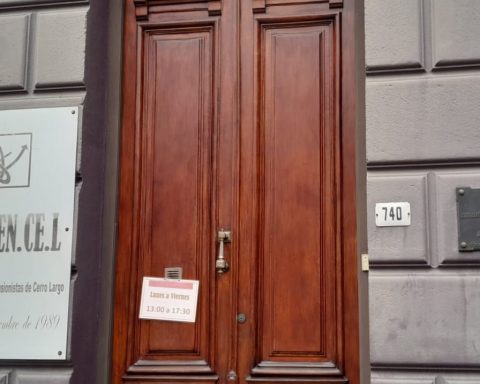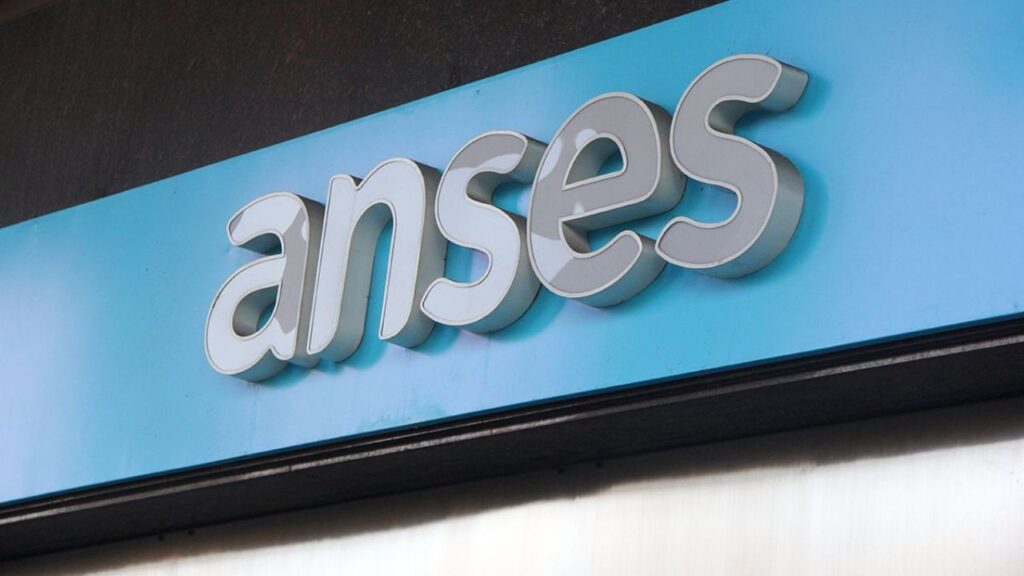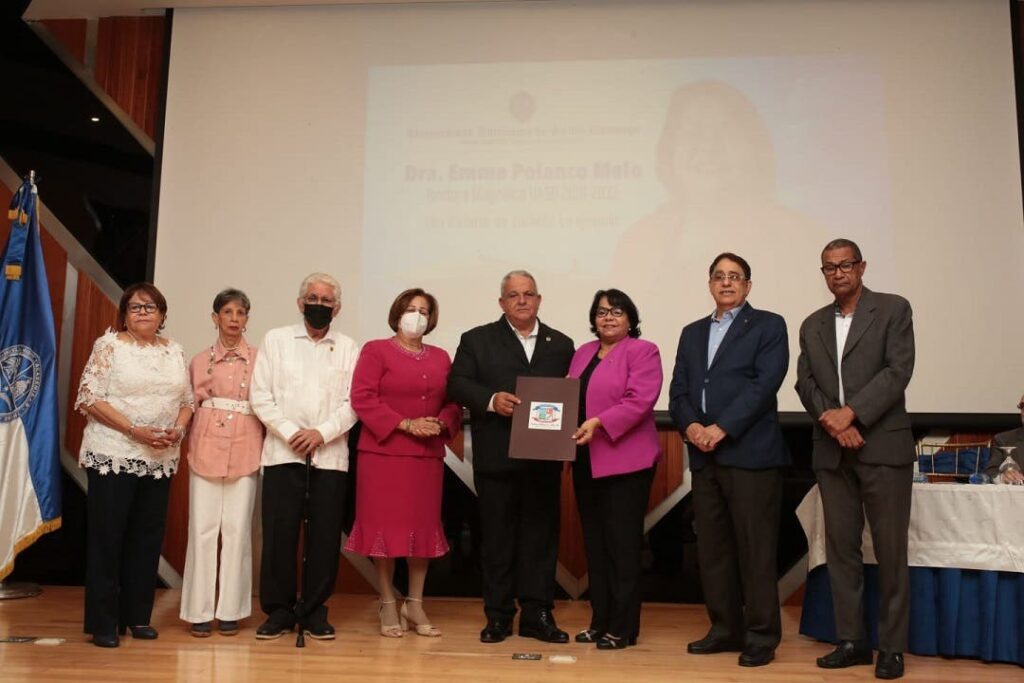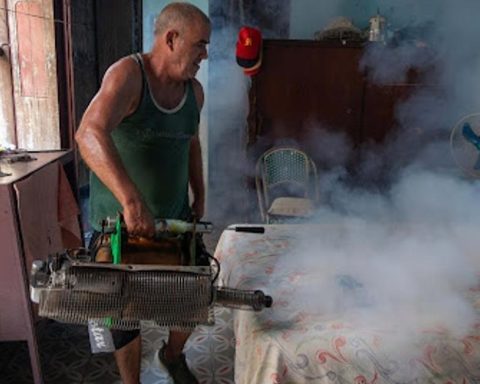Poultry meat consumption increased 25% during the last two yearsas reported to The Observer Domingo Estévez, president of the Uruguayan Chamber of Poultry Processors (Cupra), a union that brings together seven of the eight slaughter plants in Uruguay, which represent 98% of the national production of poultry meat. He also explained that the prices at which the plants sell to the trade fell 20% since the end of Marchwhat it has not been reflected in the drop in consumer prices, so this is expected to happen during May.
What data do you have on how chicken consumption has recently evolved in the domestic market?
In the last two years there has been a strong increase of 25% in the consumption of poultry meat, which went from 18.5 to 23.7 kg per capita.
Do you have data to compare that with the other meats?
Beef has been slowly declining for several years and recovered somewhat in 2021, but remains below historical values. Pork meat has remained stable.
Camilo Dos Santos
The price of chicken is going down.
What reflection do you make about what is happening these days with the average prices for the three most consumed meats in the country, beef, poultry and pork?
It’s been a few months something special. There is a trend of more than a year with a general rise in meat prices globally and the impact of the war is added, which has pushed further.
In poultry meat, the prices at which the plants sell to the commercial chain have dropped 20% since the end of March due to excess production, which has not been reflected in the drop in consumer prices so far. That drop is expected to start to be seen in May.
How do you summarize the differential that poultry meat, beyond the price factor, offers to the consumer?
Chicken meat is rich in protein, in addition to providing abundant minerals such as iron, zinc and phosphorus. It is also an important source of B vitamins.
It is ideal for babies, children and older adults, and for people who have gastric or liver problems.
In addition, its versatility allows it to be prepared in the most diverse ways and in hundreds of preparations.
“Increasing imports are observed during March and April, and in May they are taking place at an accelerated pace (…) imports can add supply and push prices down”
Customs data indicates an increase in poultry meat imports since January 2022, with the peak, just over 400 tons, in April. What do you consider about this resource of supply to the market?
In a medium-term perspective, Uruguay has given access to several countries as suppliers and for this reason imports have been gradually increasing, which today represent 5% of consumption.
In the year 2022, growing imports are observed during March and April, and in May they are taking place at an accelerated rate.
Uruguay is supplied with national poultry meat, and the increase in consumption has been covered with more local production.
Uruguay is not yet ready to export, because the appropriate markets are lacking and, moreover, companies are converting to do so.
National production surpluses cause price drops, as has been observed cyclically in the last two years and now since the end of March this year.
In this context, imports can add supply and push prices down.

Meeting of Cupra authorities with the President of the Republic, Luis Lacalle Pou.
What actions is Cupra undertaking to stimulate the consumption of poultry meat?
Almost a year ago we have already launched a very strong campaign aimed at positioning the “Pollos del Uruguay” brand, and encouraging the inclusion of chicken in the daily menu of Uruguayans. This campaign is active, both in traditional media and in social networks, where we aim to highlight the attributes of convenience and versatility.
Based on the fact that Cupra brings together almost 100% of the poultry companies in the country, what is, in general terms, the situation of these companies?
The companies are relatively new, most of them were created after the closure of Avicola Moro in 1998. Putting together the long industrial chain that this business requires takes time and includes breeder farms, hatcheries and feed plants and the development of processing plants. task.
This has been done, except in one case, by national family businesses, step by step, and you have to add the investments to be able to export.
It is betting on development in a permanent evolution.
It must also invest in improvements to increase the quality of the product and to adapt to changes in consumer habits.
“In Cupra’s projections and in a few years, slaughter can be increased by more than 60%, going on to slaughter some 50 million birds, which will take exports from less than US$2 million a year to some US$80 million, which will increase the activity of the sector in general and will allow the creation of some 2,500 jobs”
What can be said about the trade balance that reads imports and exports, with growing income, what happens to Uruguayan poultry meat exports?
High international prices should act as a moderator for imports, especially with such low local prices.
With regard to exports, there is a strong and coordinated commitment between the government, the National Meat Institute (INAC) and the sector companies to turn Uruguay into an exporter of poultry meat in a sustainable manner, and allow the development of the sector.
All the countries of the southern cone export poultry meat and there is no reason for Uruguay not to do so, there are duties to be done at the public and private levels, work is being done in a very positive way.
In Cupra’s projections, and in a few years, slaughter can be increased by more than 60%, going on to slaughter some 50 million birds, which will take exports from less than US$ 2 million a year to some US$ 80 million, which which will increase the activity of the sector in general and allow the creation of some 2,500 jobs.
.webp?&extw=jpg&cw=1024)
foodiesfeed. photo bank
The versatility of the use of poultry meat is one of the highlights made by the industrialists of the sector.
How do you imagine the future?
An important debt has been accumulated with the poultry sector and we envision that in the coming years there will be a very rich process of recomposition of the necessary public and private goods.
Research, university training and education in general have been reducing their contribution to poultry farming and this process should be reversed.
The Ministry of Livestock, Agriculture and Fisheries (MGAP) is preparing to meet the increased demand that the sector will have.
As mentioned, the companies are very young and it could be said that with respect to beef, the entire sector, public and private, is at least 20 years behind.
There is a very relevant challenge that is the realization, for the first time in Uruguay, of the Latin American Poultry Congress in October 2024, an emblematic regional event that brings together thousands of people and that will mobilize all those involved.
Today there is a shared vision between the government, INAC and the private sector that allows us to look forward to the next few years and bridge that gap in a short period of time.
